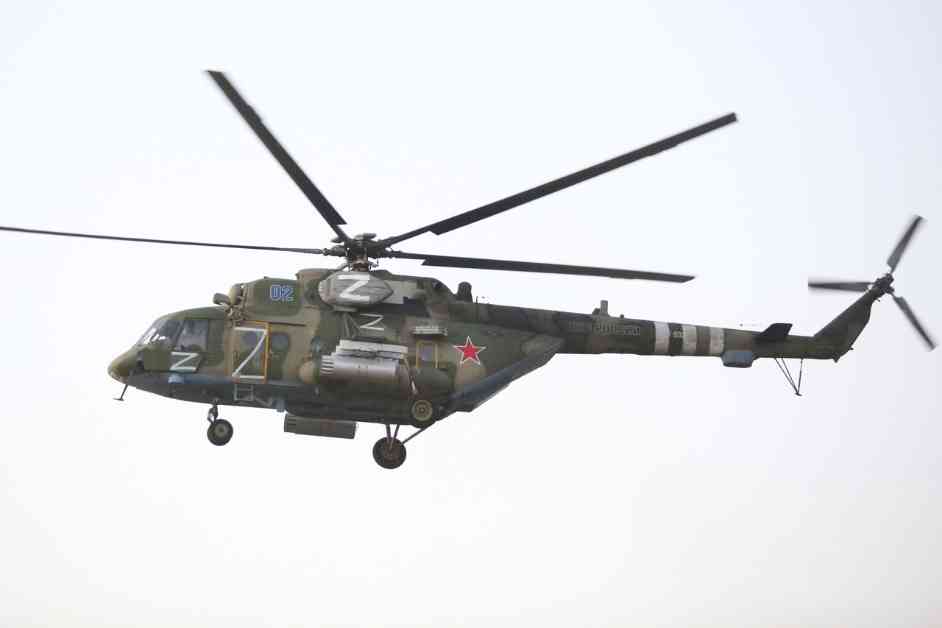Russian Helicopter Crash in Far East Region Leaves 22 Dead, Survivors Not Found
A Russian state-owned news agency, TASS, reported today that a helicopter carrying 22 people crashed yesterday in the Kamchatka Peninsula in Russia’s Far East region, with rescuers yet to find any survivors amidst the wreckage.
Prior to the crash, the Mi-8T helicopter took off from a base near the Vachkazhets Volcano on the Kamchatka Peninsula, according to Reuters. The Kamchatka Peninsula, located approximately 7100 kilometers east of Moscow, experienced severe weather over the weekend, with strong winds and heavy rain, although it remains unclear if this played a role in the crash.
The Mi-8 helicopter, designed in the 1960s, is a twin-engine aircraft widely used in Russia, neighboring countries, and many other nations.
Search Efforts and Investigation
Rescue teams are currently scouring the crash site for any signs of survivors, but as of now, no one has been found alive. The challenging terrain and adverse weather conditions are hampering the search operations, making it difficult to locate any potential survivors.
Authorities are also launching an investigation into the cause of the crash, examining factors such as weather conditions, mechanical issues, human error, or other possible contributing factors. The findings of the investigation will be crucial in determining what led to this tragic incident and how similar accidents can be prevented in the future.
Impact on the Community
The loss of 22 lives in this helicopter crash has deeply impacted the local community and the aviation industry as a whole. Families of the victims, as well as the broader public, are mourning the loss of their loved ones and seeking answers as to what caused this devastating event.
The aviation sector is also reeling from this tragedy, emphasizing the importance of stringent safety measures and protocols to ensure the well-being of passengers and crew members. Enhancing safety standards and conducting thorough inspections of aircraft are essential steps in preventing such accidents from occurring in the future.
Lessons Learned and Safety Measures
As the investigation into the helicopter crash unfolds, it is crucial for authorities to identify any lapses in safety protocols or maintenance procedures that may have contributed to the accident. Learning from past incidents and implementing corrective measures is vital in enhancing the overall safety of air travel.
Furthermore, this tragic event serves as a stark reminder of the risks associated with aviation and the importance of continuous training for pilots and crew members. Ensuring that all aviation personnel are well-equipped to handle emergencies and adverse conditions can significantly reduce the likelihood of accidents.
Subheadings:
1. Search Efforts and Investigation
2. Impact on the Community
3. Lessons Learned and Safety Measures
Conclusion
In conclusion, the Russian helicopter crash in the Far East region has left a devastating impact on the families of the victims, the local community, and the aviation industry. As rescue teams continue their search for survivors and authorities investigate the cause of the crash, it is essential to prioritize safety measures and implement necessary changes to prevent similar tragedies in the future. May the memories of the lives lost in this incident be honored, and may their families find comfort and solace during this difficult time.












